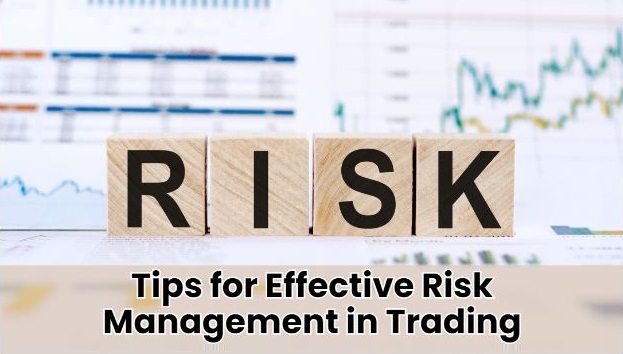In the world of crypto trading, volatility is both a blessing and a curse. While it opens the door to massive profits, it also increases the likelihood of catastrophic losses. Without proper risk management, even the most accurate strategies can drain your capital over time.
Let’s explore how to manage risk like a professional and protect your crypto trading portfolio.
🚨 Why Most Traders Fail
Statistics show that over 90% of retail traders lose money. The problem isn't just bad predictions—it’s a lack of discipline and risk controls.
Here’s why risk management is non-negotiable:
- The market doesn’t care about your feelings.
- One bad trade can erase months of profits.
- Without a plan, your trades are just guesses.
📊 Key Risk Management Concepts
1. The 1% Rule
Never risk more than 1% to 2% of your total account on a single trade.
Example: If your account size is $5,000, you should not lose more than $50–$100 on any trade.
This allows you to survive losing streaks and stay in the game long enough to hit winning trades.
2. Risk-to-Reward Ratio (RRR)
The risk-to-reward ratio tells you how much profit you're aiming for relative to what you're risking.
| RRR | Description |
|---|---|
| 1:1 | Break-even setup |
| 1:2 | Risk $100 to make $200 |
| 1:3 | Risk $100 to make $300 |
The higher the RRR, the fewer trades you need to win to be profitable long-term.
3. Use Stop-Losses Intelligently
A stop-loss is your emergency exit. It prevents small losses from becoming account killers.
Tips for setting a stop-loss: - Avoid placing it too tight (you’ll get stopped out early). - Use technical levels (e.g., below support). - Don’t move it emotionally once you place it.
4. Position Sizing Matters
Position sizing controls how much of your portfolio goes into a single trade.
Use this formula:
Example:
- Account Size: $10,000
- Risk: 1% ($100)
- Stop Loss: 5% below entry
→ Position size = $2,000
⚖️ Risk Management Tools You Should Use
- ✅ Trading journal – Track mistakes and improve consistency.
- ✅ Risk calculator – Automate position size calculations.
- ✅ Volatility indicators – ATR, Bollinger Bands for dynamic stop-losses.
- ✅ Trailing stops – Lock in profits as price moves in your favor.
💡 Common Mistakes to Avoid
- ❌ Going all in – The quickest path to liquidation.
- ❌ Ignoring stop-losses – Hoping the market "comes back" is gambling.
- ❌ Revenge trading – Emotionally doubling down after a loss.
- ❌ Overleveraging – Amplifies both gains and catastrophic losses.
🧘 Psychology of Risk
Risk management isn’t just technical—it’s psychological.
- Be comfortable losing. It’s part of the process.
- Focus on the next 100 trades, not just the next one.
- Detach emotionally. Let your system make decisions, not your feelings.
"Amateurs focus on how much they can make. Pros focus on how much they can lose and still keep trading."
🧾 Final Thoughts
No matter how good your strategy is, without risk management, you’re flying blind. The goal is not to avoid losing—but to lose smart, win big, and stay in the game.
TL;DR: - Never risk more than 1–2% of your account per trade. - Use stop-losses based on structure, not emotion. - Aim for trades with high reward-to-risk ratios. - Let position size reflect your risk, not your confidence. - Journal your trades and learn from your losses.
Trade smart. Trade long. Trade to win.
